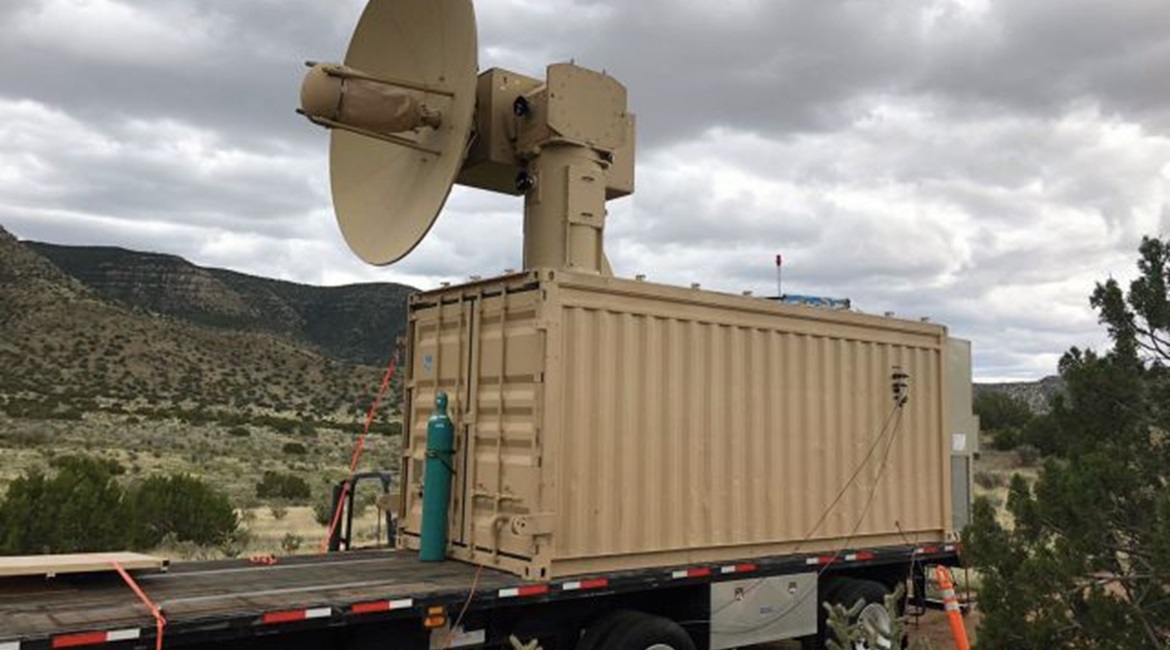
Marked advances in development of high-powered microwave (HPM) technology in recent years could pave the way for near term breakthroughs in next-generation directed energy weapons and systems, as the US Air Force eyes a potential HPM programme of record.
Specifically, ongoing research and development work focusing on disruptive directed energy (DE) weapons utilising HPM has matured much faster than some other DE technologies, according to Billy Schaefer, business manager for Directed Energy programmes at Leidos.
“HPM technology is more mature, the development of the [weapons] technology is a little bit more mature right now,” compared to development work on laser-based or RF jamming-based DE platforms, Schaefer told Jane’s during a November interview.
Recent advances toward “solid state technologies for source development” of HPM systems have reduced cost and complexity for programmes under development, Schaefer added, noting such advances are moving developers incrementally closer to an operational, HPM-based DE weapon system.
The US Air Force Research Laboratory (AFRL) teamed with Leidos to explore “HPM source technologies” for disruptive DE capabilities, Schaefer said, but declined to comment on the specifics of company’s recent work with the service research lab.
Still, he said the company’s work on the air force’s Tactical High-Power Microwave Operational Responder (THOR) programme is nearly ready to advance from the testing laboratory to the battlefield, Schaefer claimed.
THOR, an HPM-based directed energy platform developed in conjunction with the air force, BAE Systems, and Verus Research “is very, very close to becoming a Program of Record,” Schaefer said. “I think the six to 12 to 18-month timeframe is probably realistic, depending upon how this is pushed along through the [acquisition] process – which is not straightforward,” he noted.

Looking to read the full article?
Gain unlimited access to Janes news and more...


